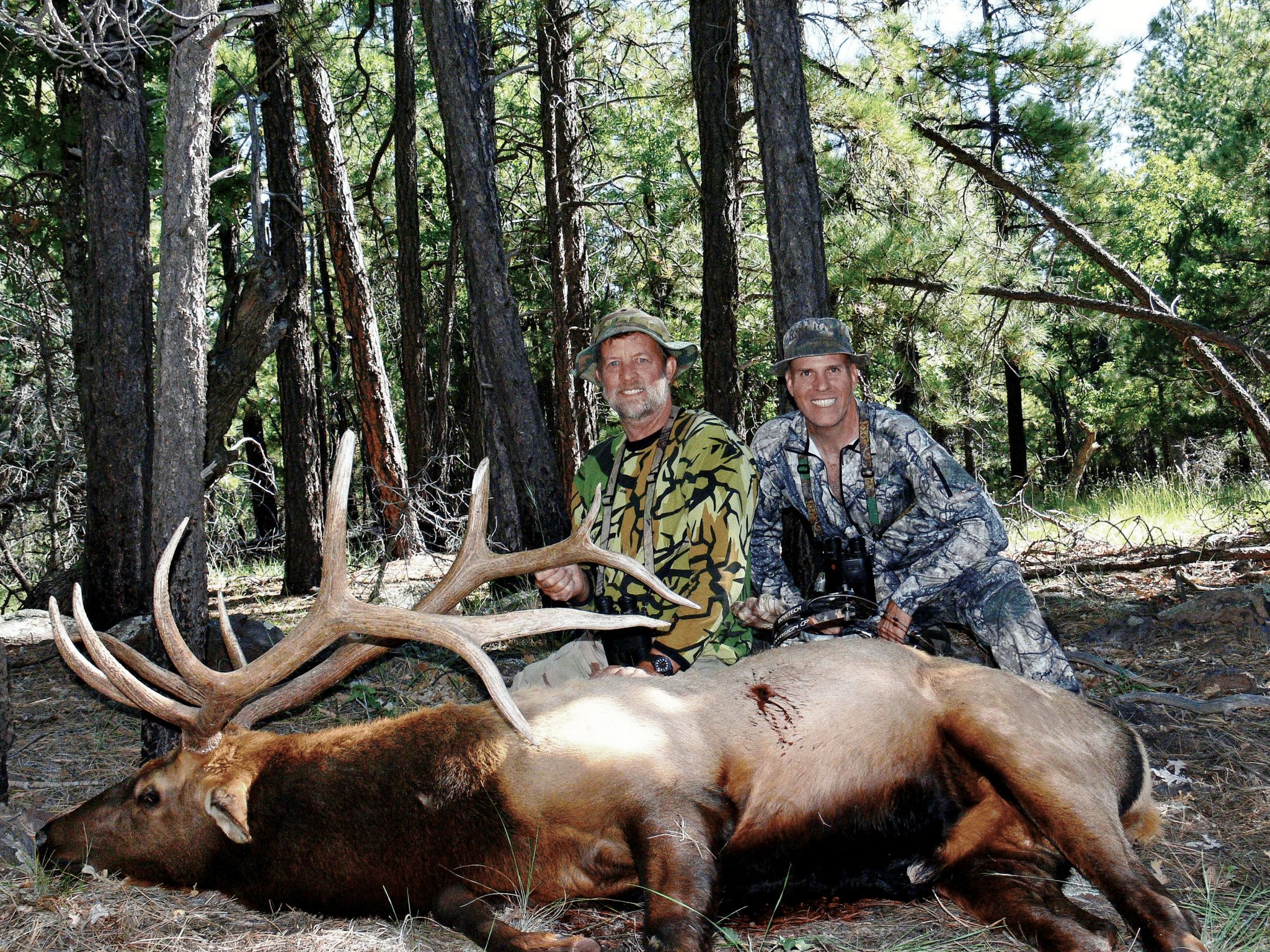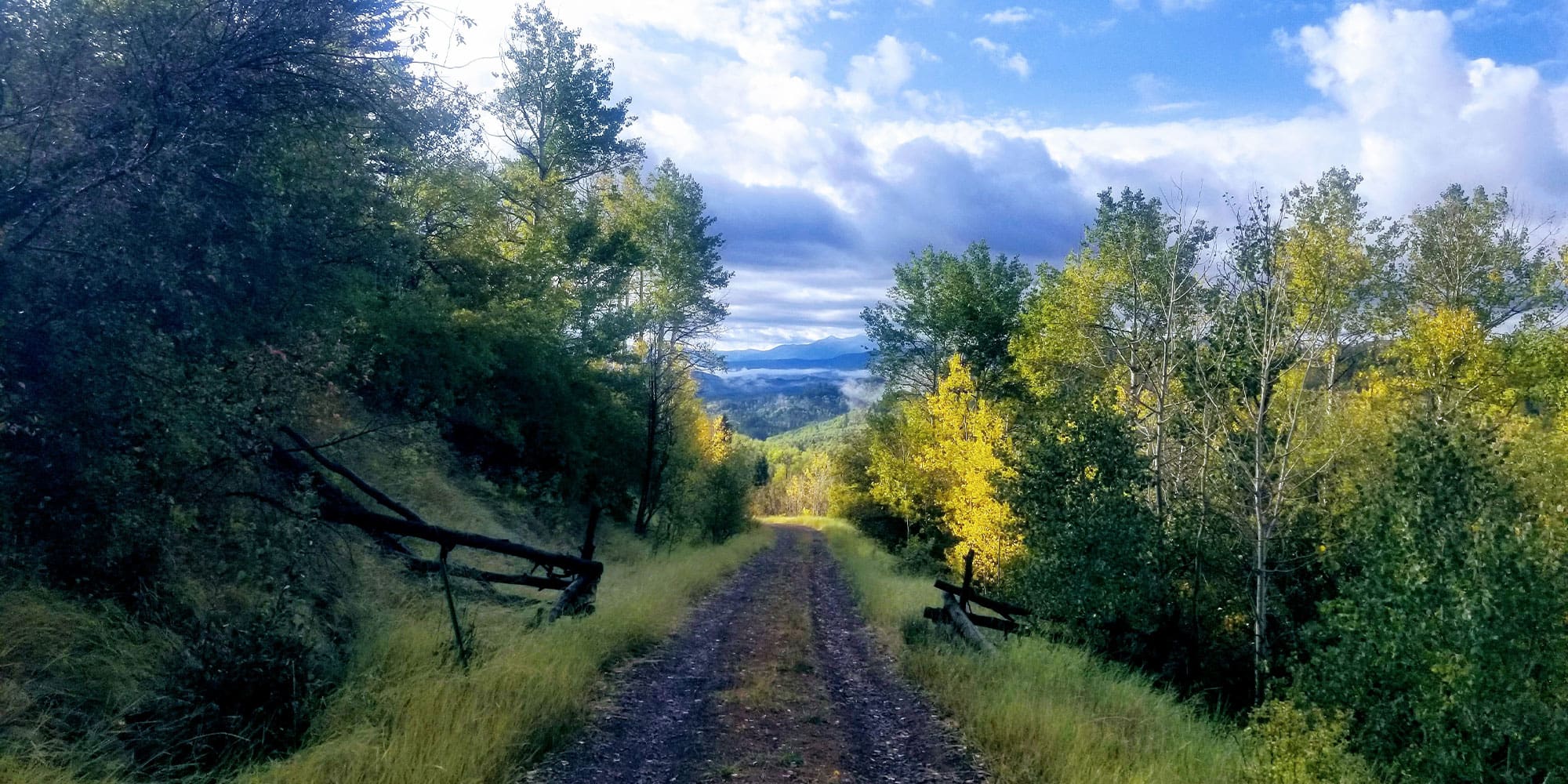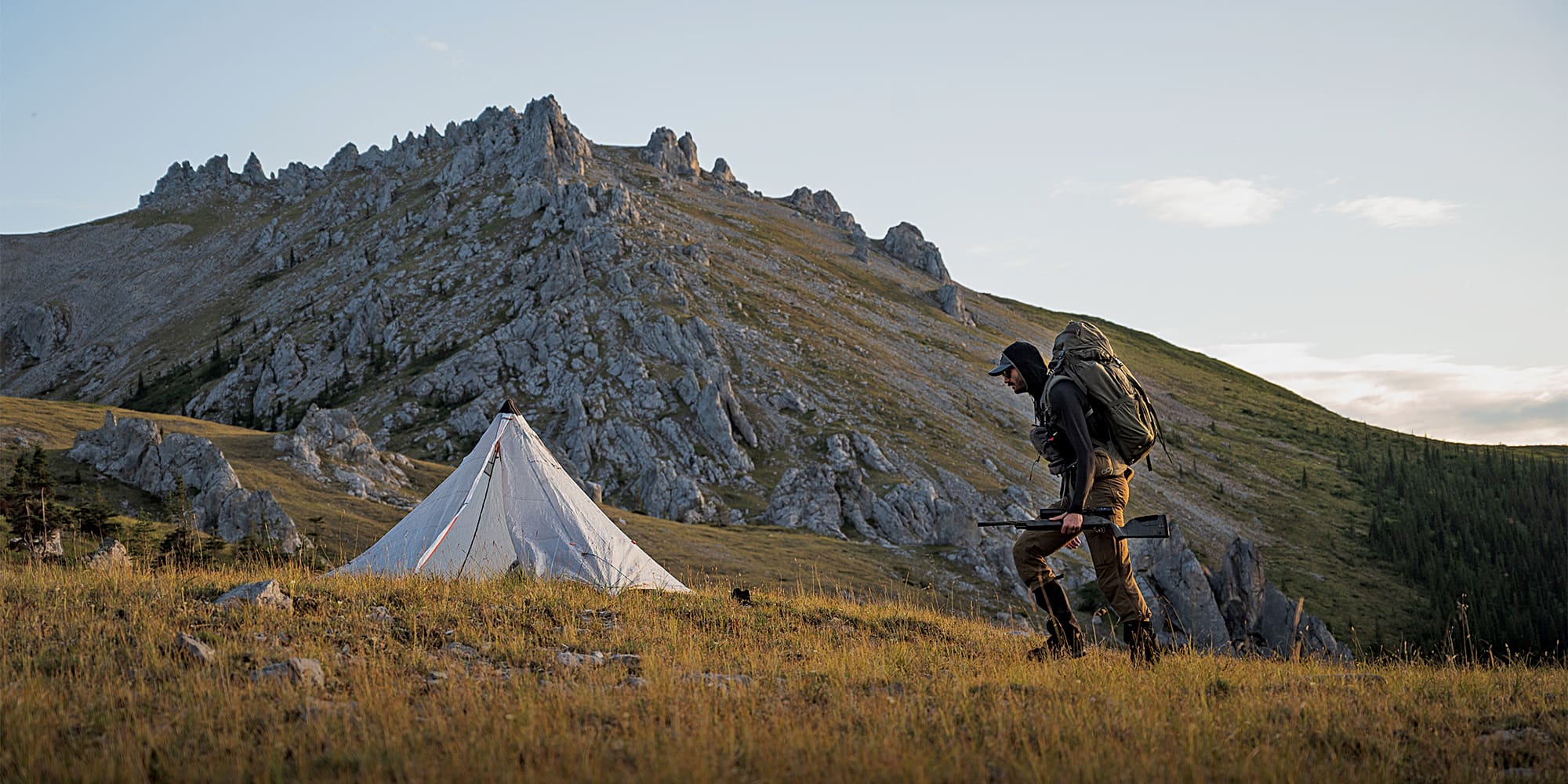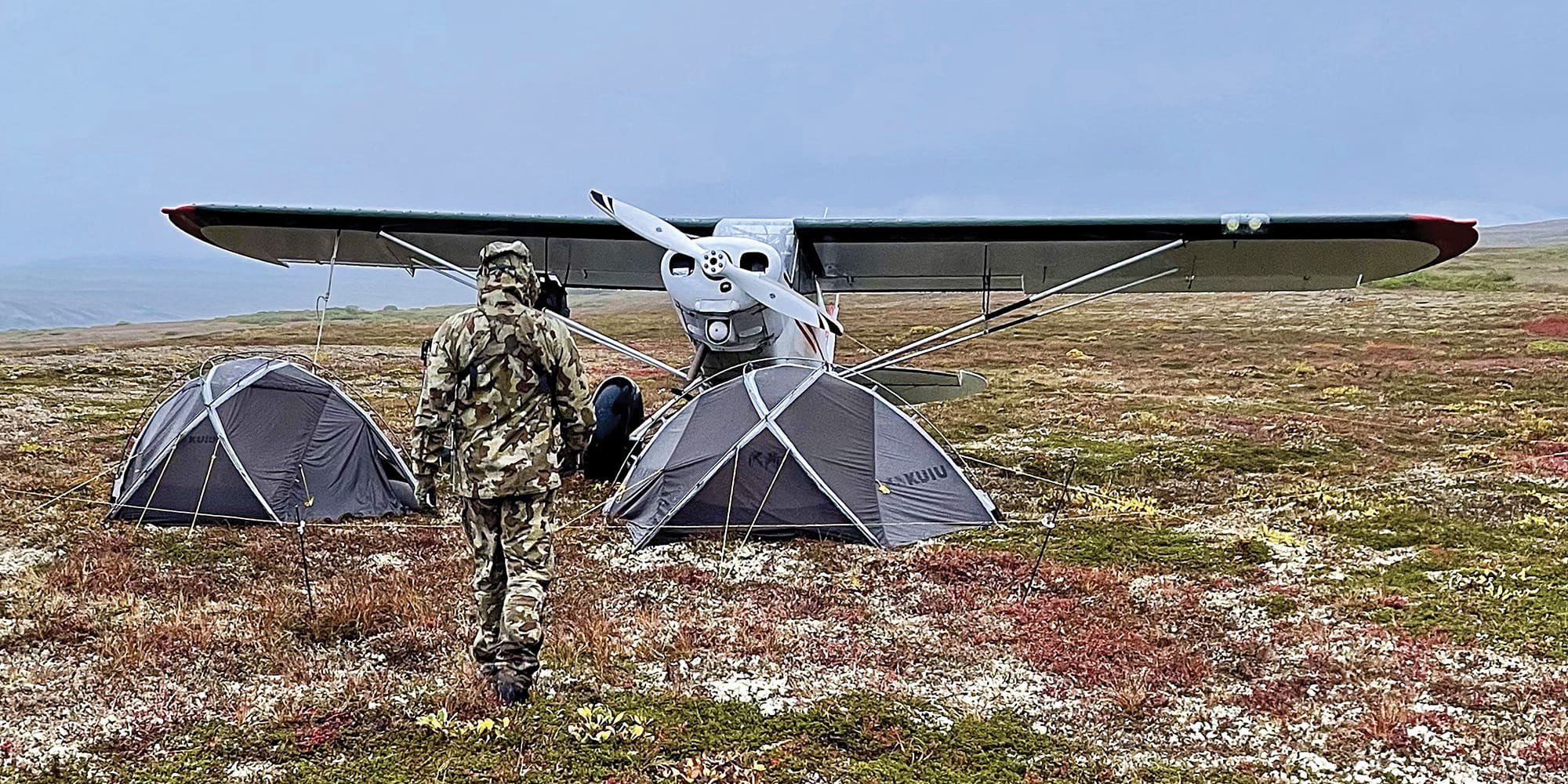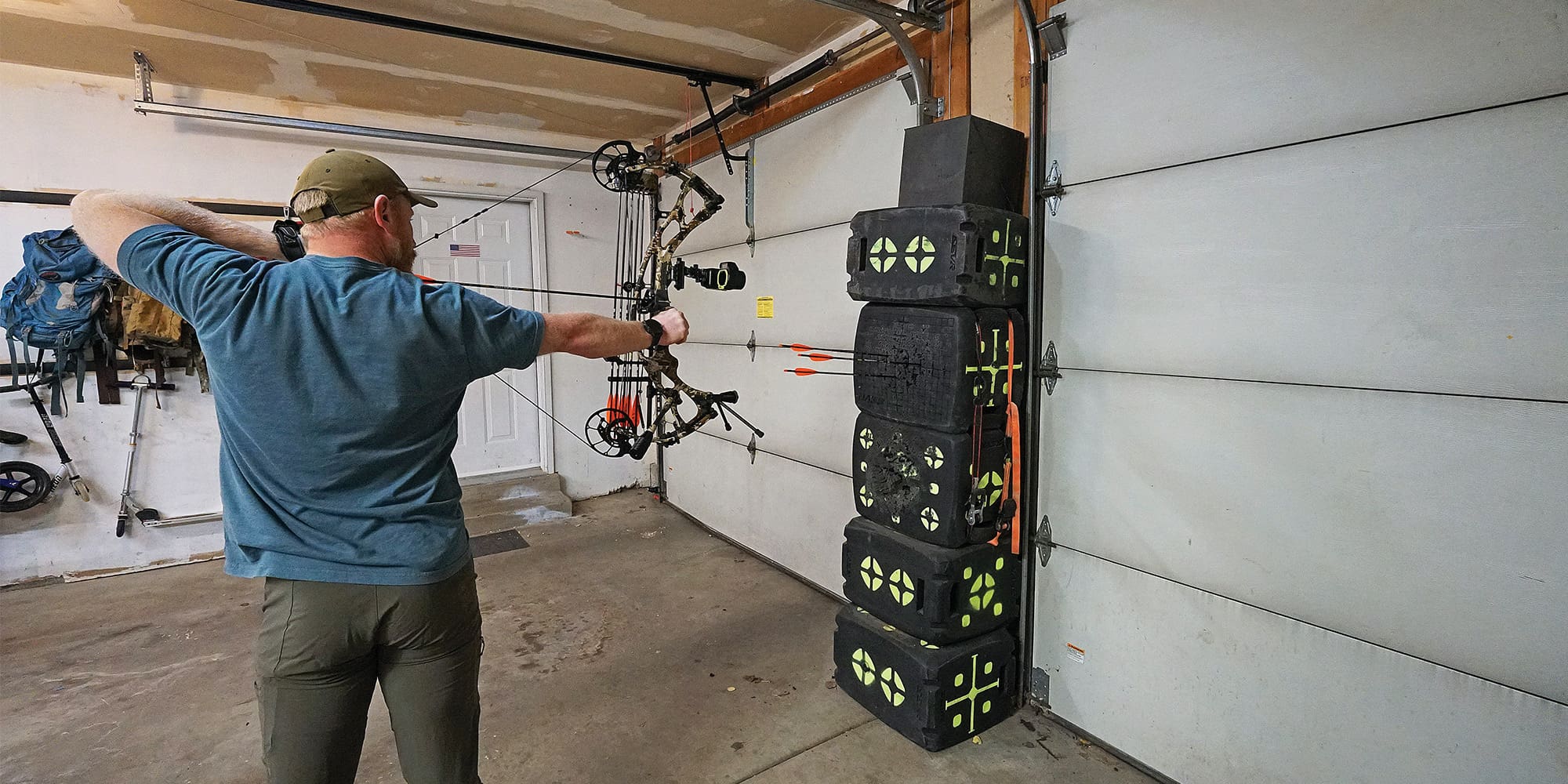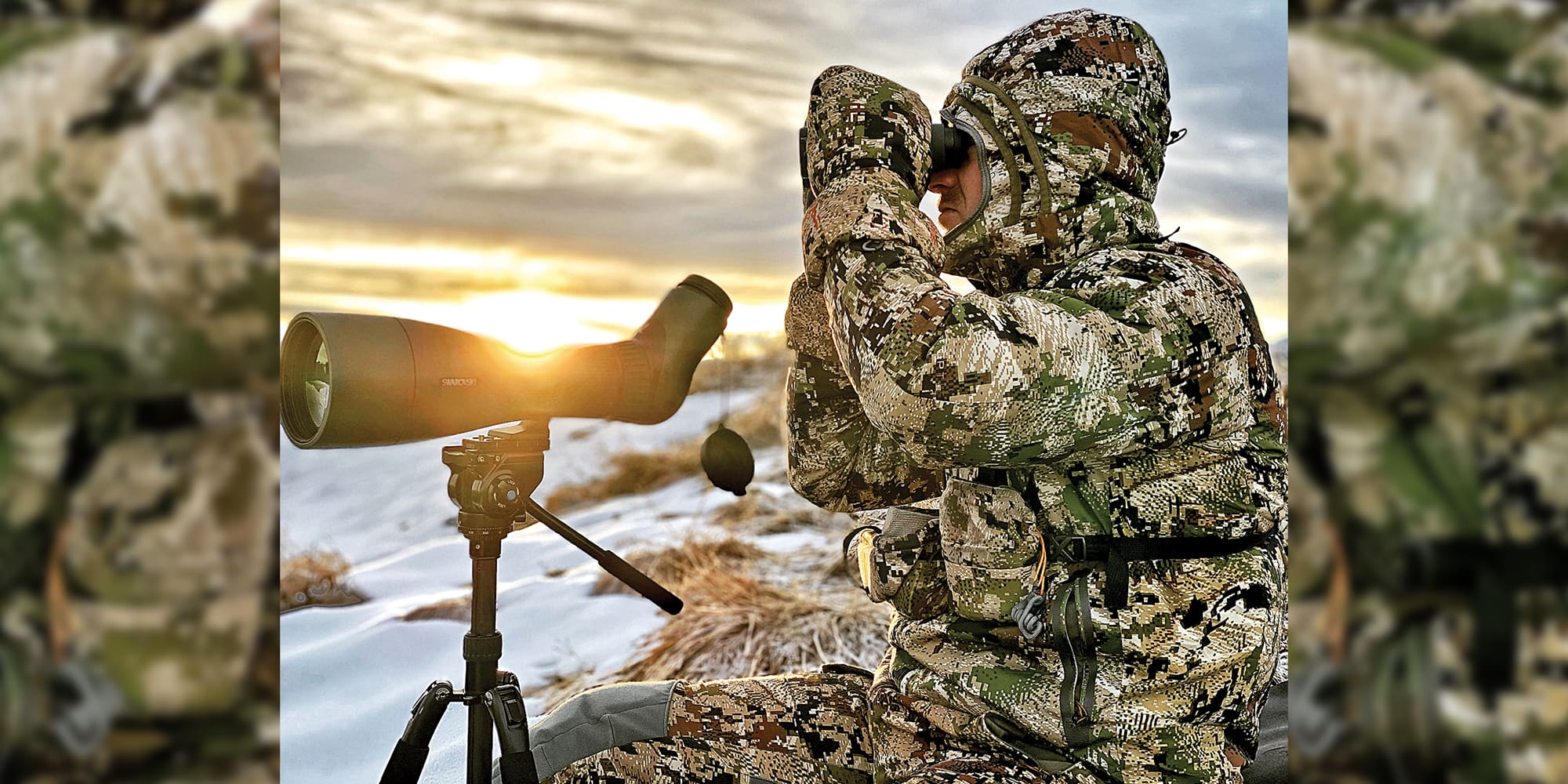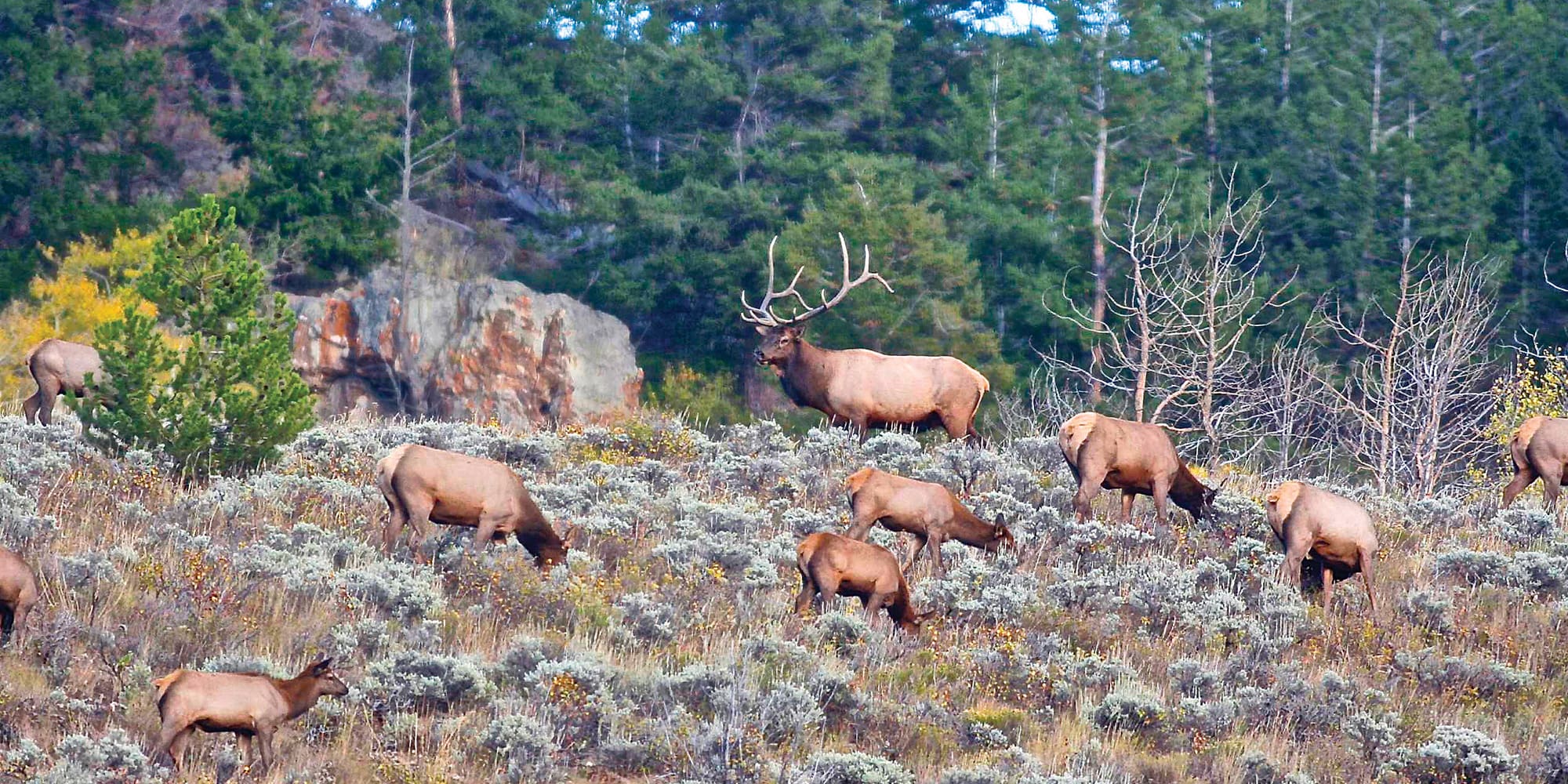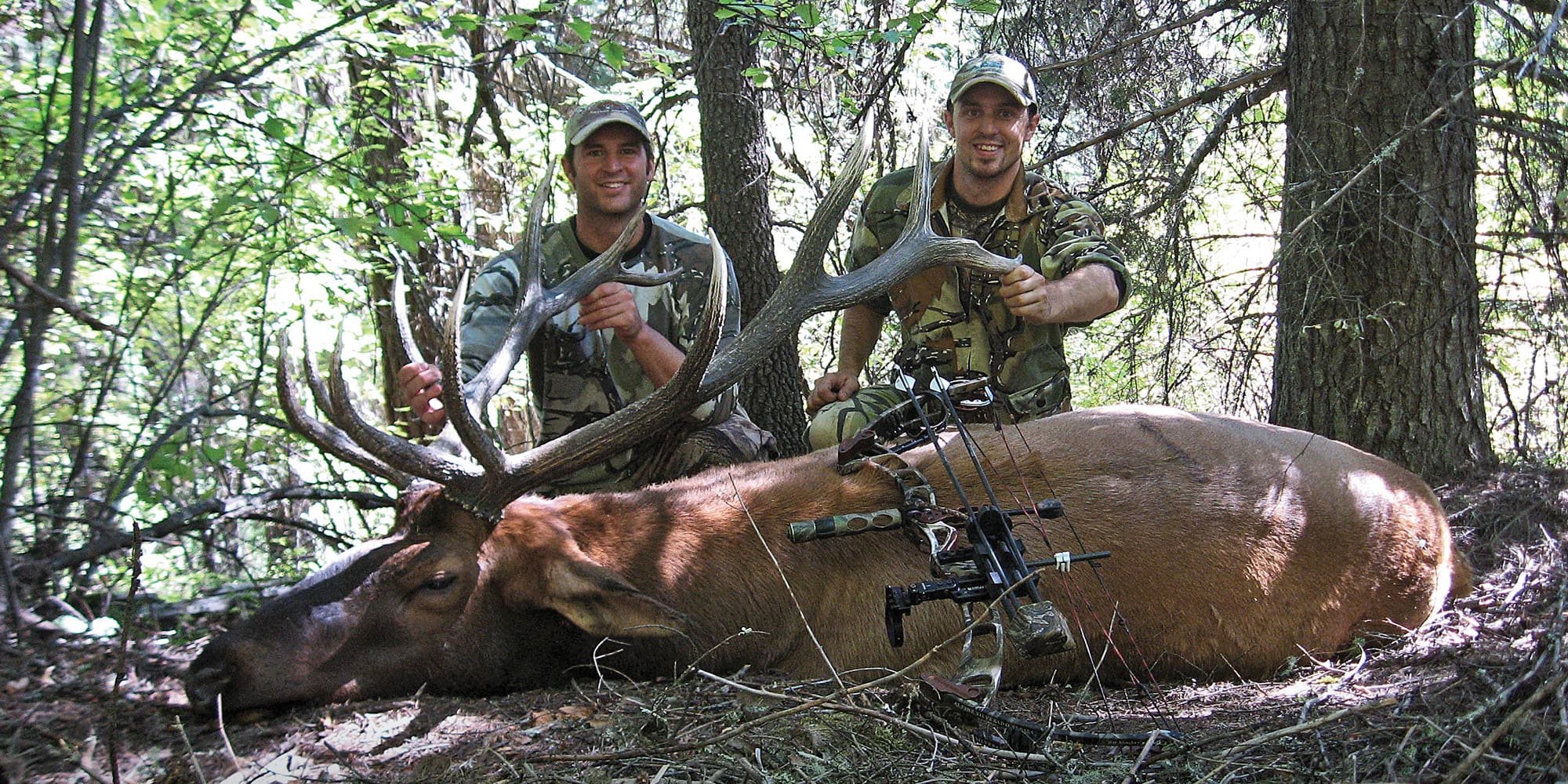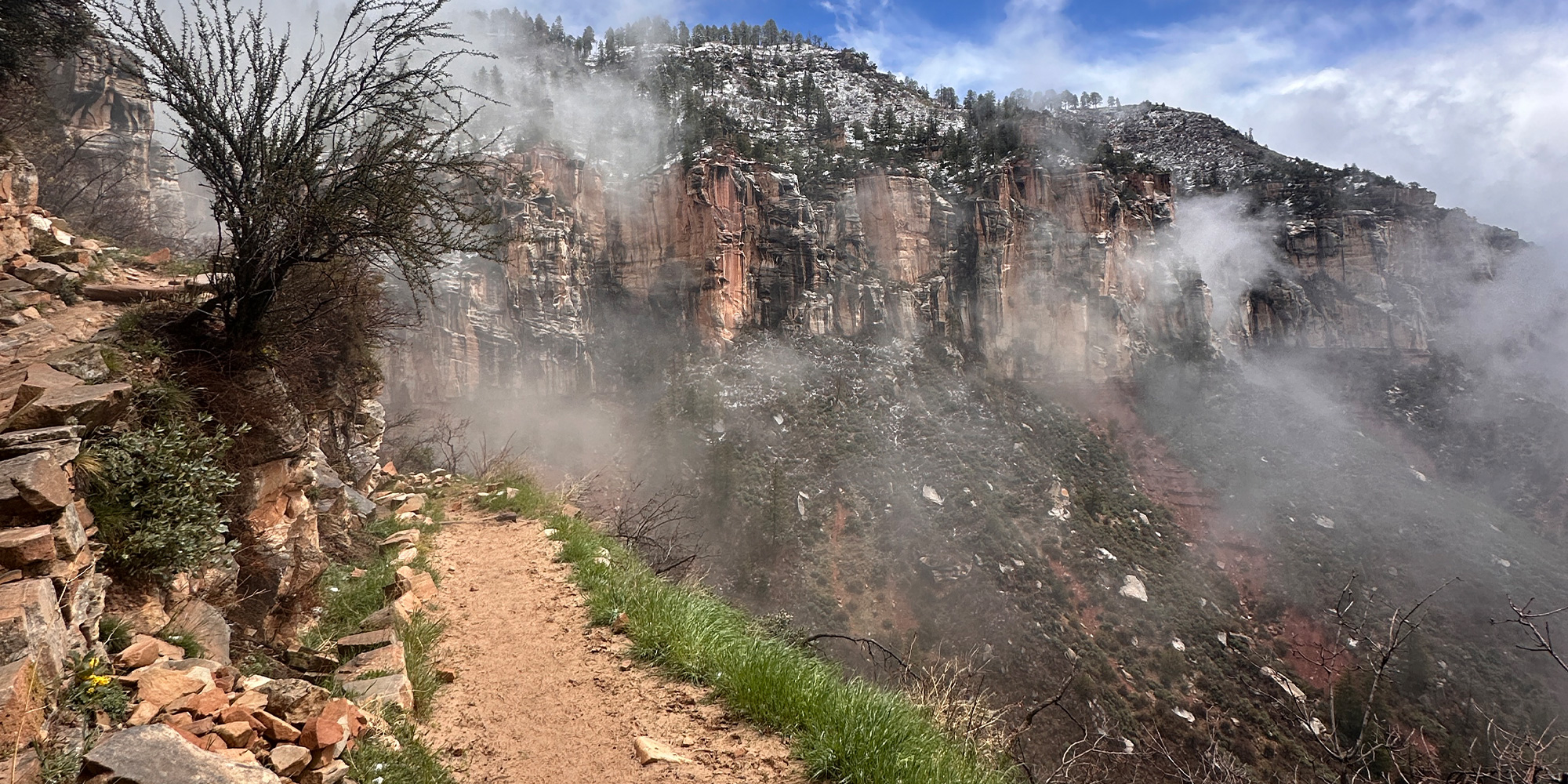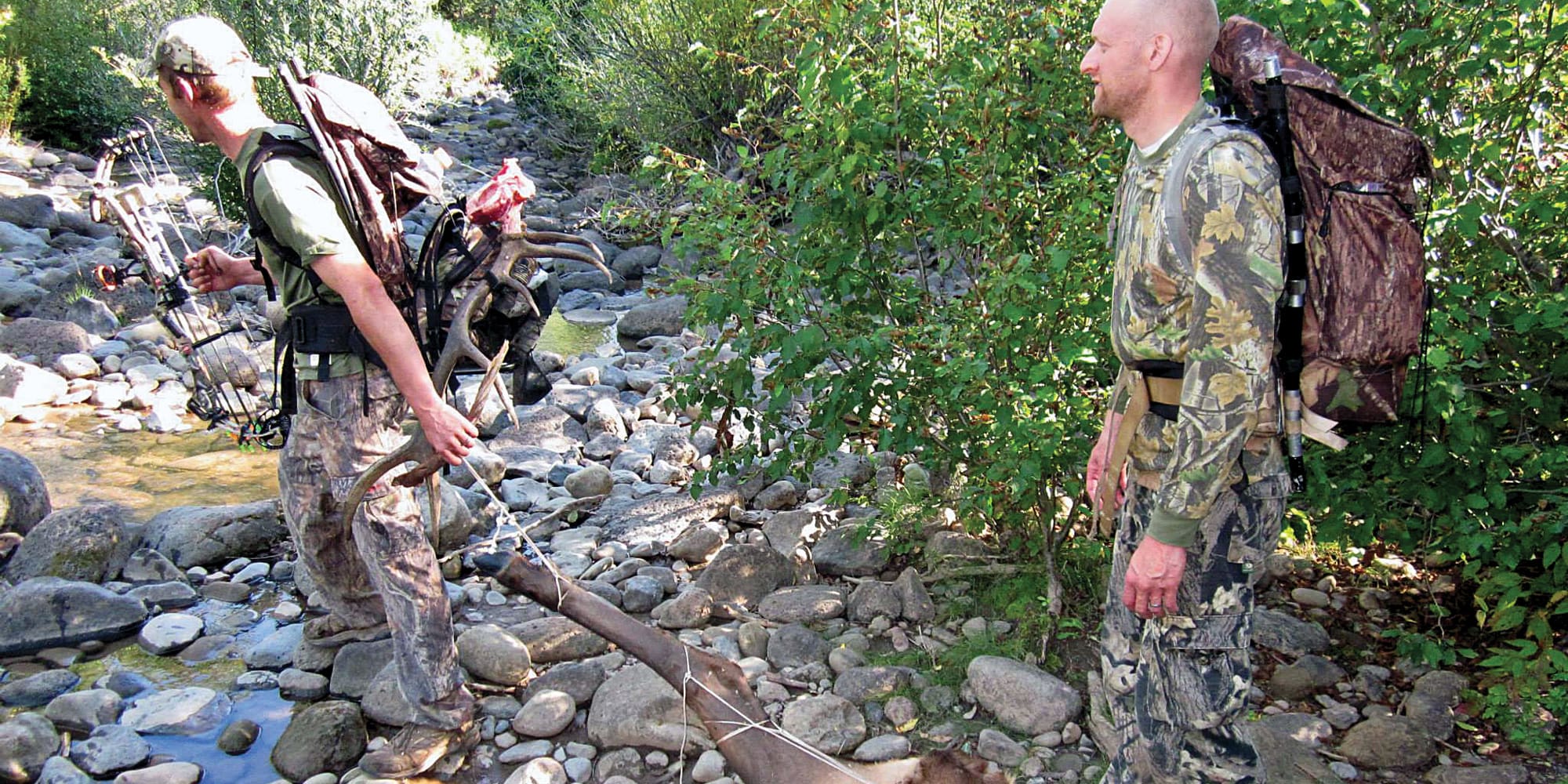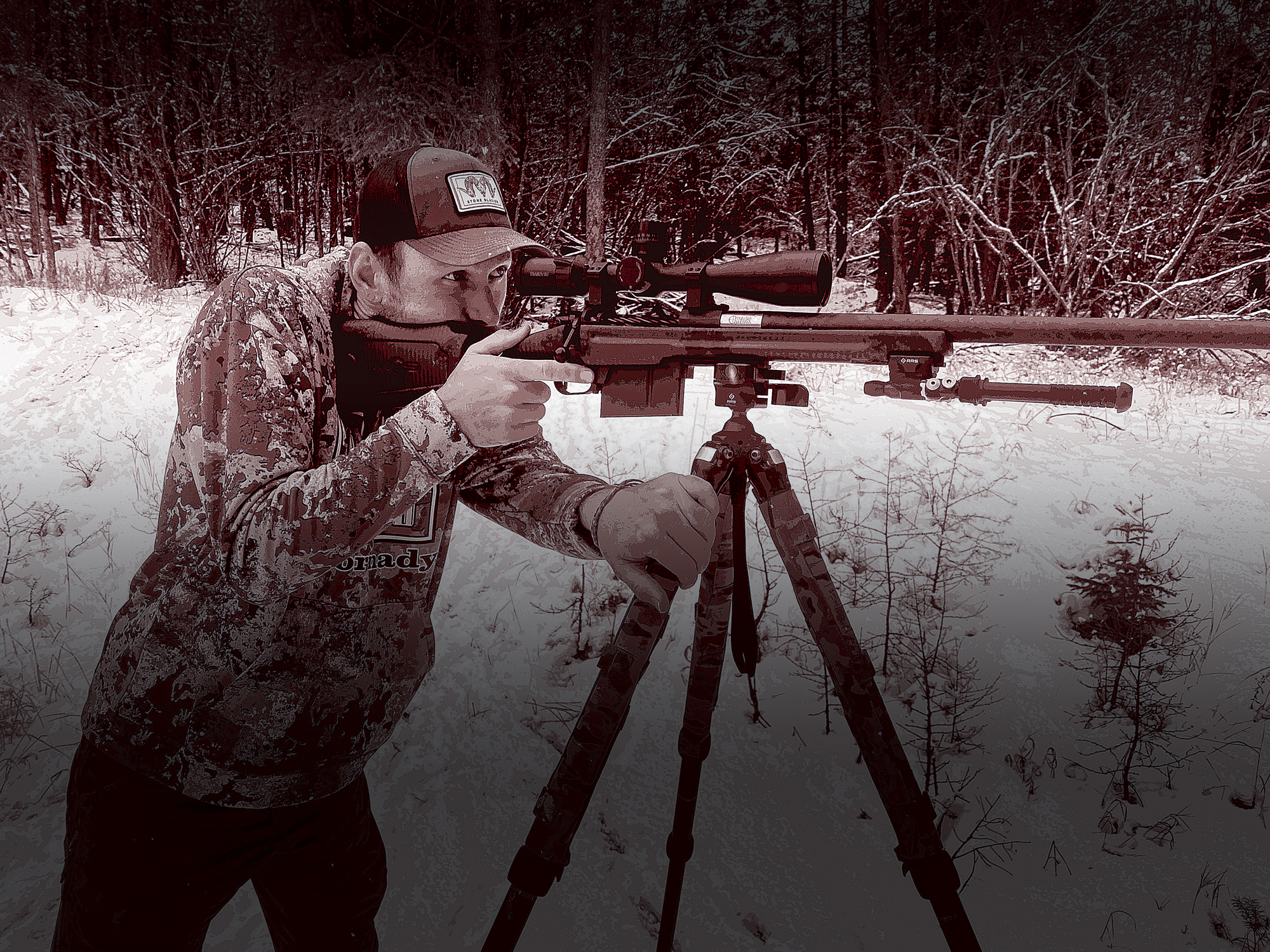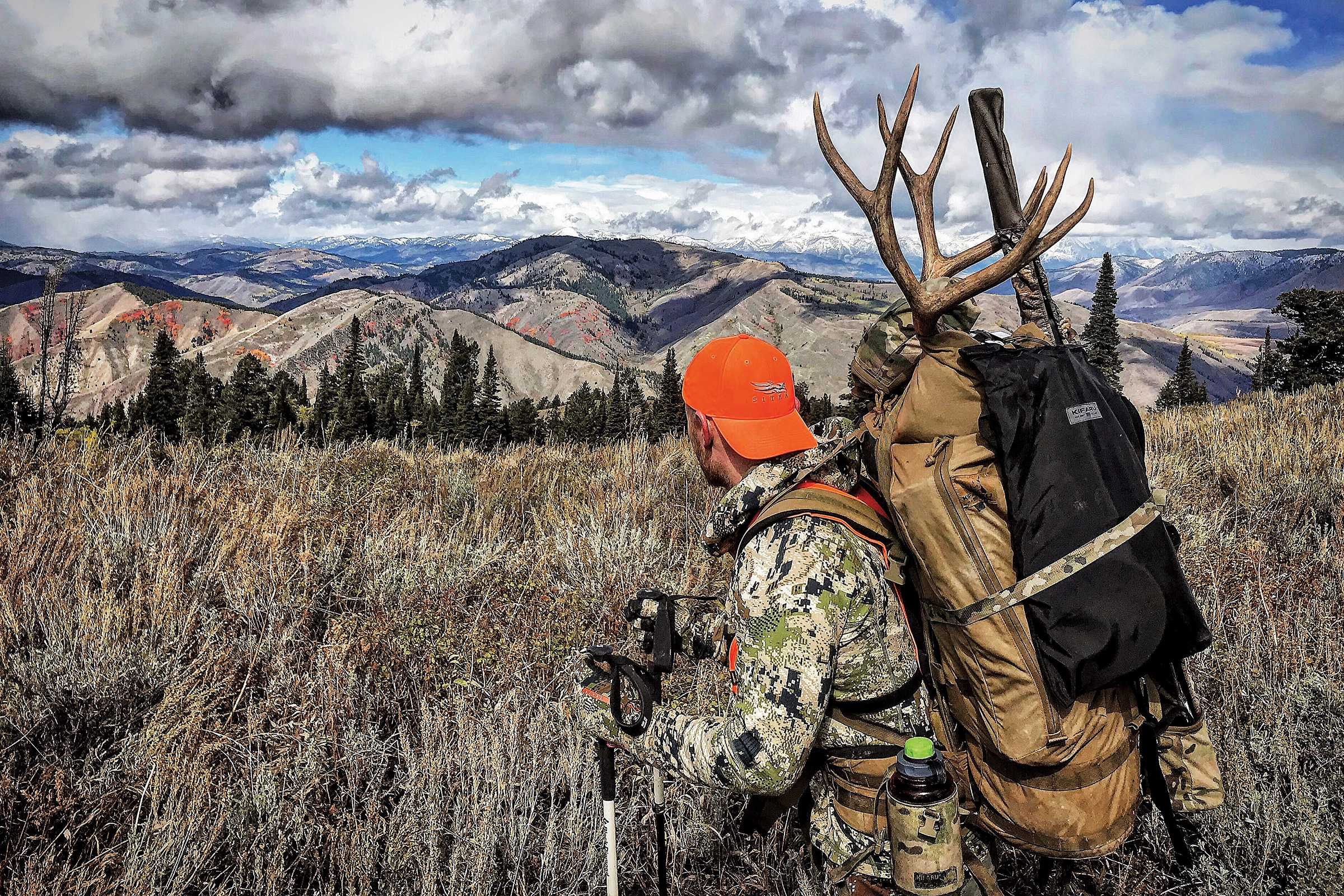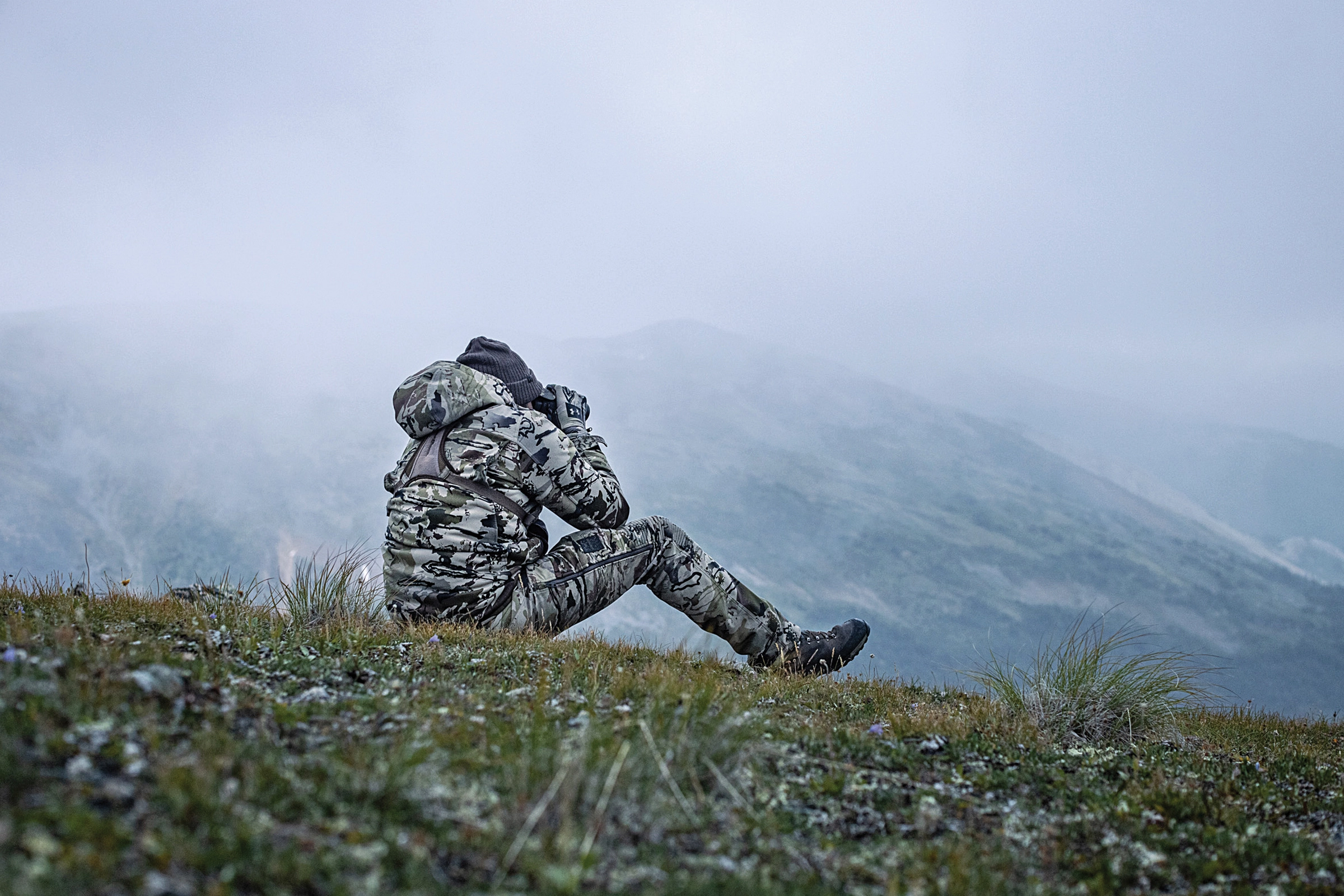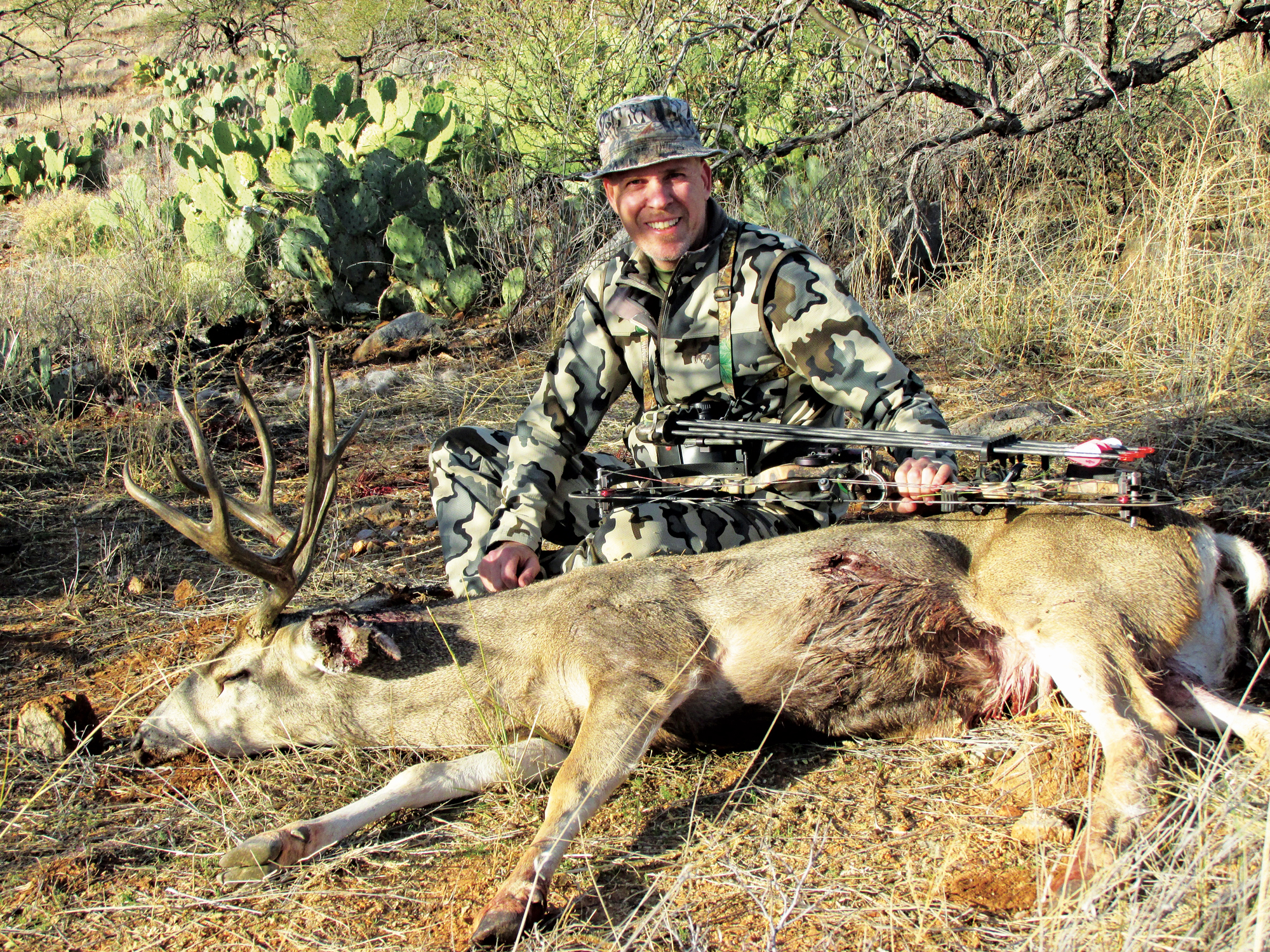
NOTICE: Certain links on this post may earn a commission for Western Hunter Magazine from Amazon or our other affiliate partners when you make a purchase. Thank you for your support.
Become Better at Blood Tracking
As the light quickly faded in the Sonoran Desert, I had a decision to make; should I continue blood tracking my buck in the darkness or wait until morning. After locating a few dark reddish/brick-colored blood splatters on the desert floor, the decision was easy; I’d wait until morning to allow enough time for the obviously liver-hit buck to expire. The next morning, I slowly followed the blood trail for 250 yards and recovered the buck.
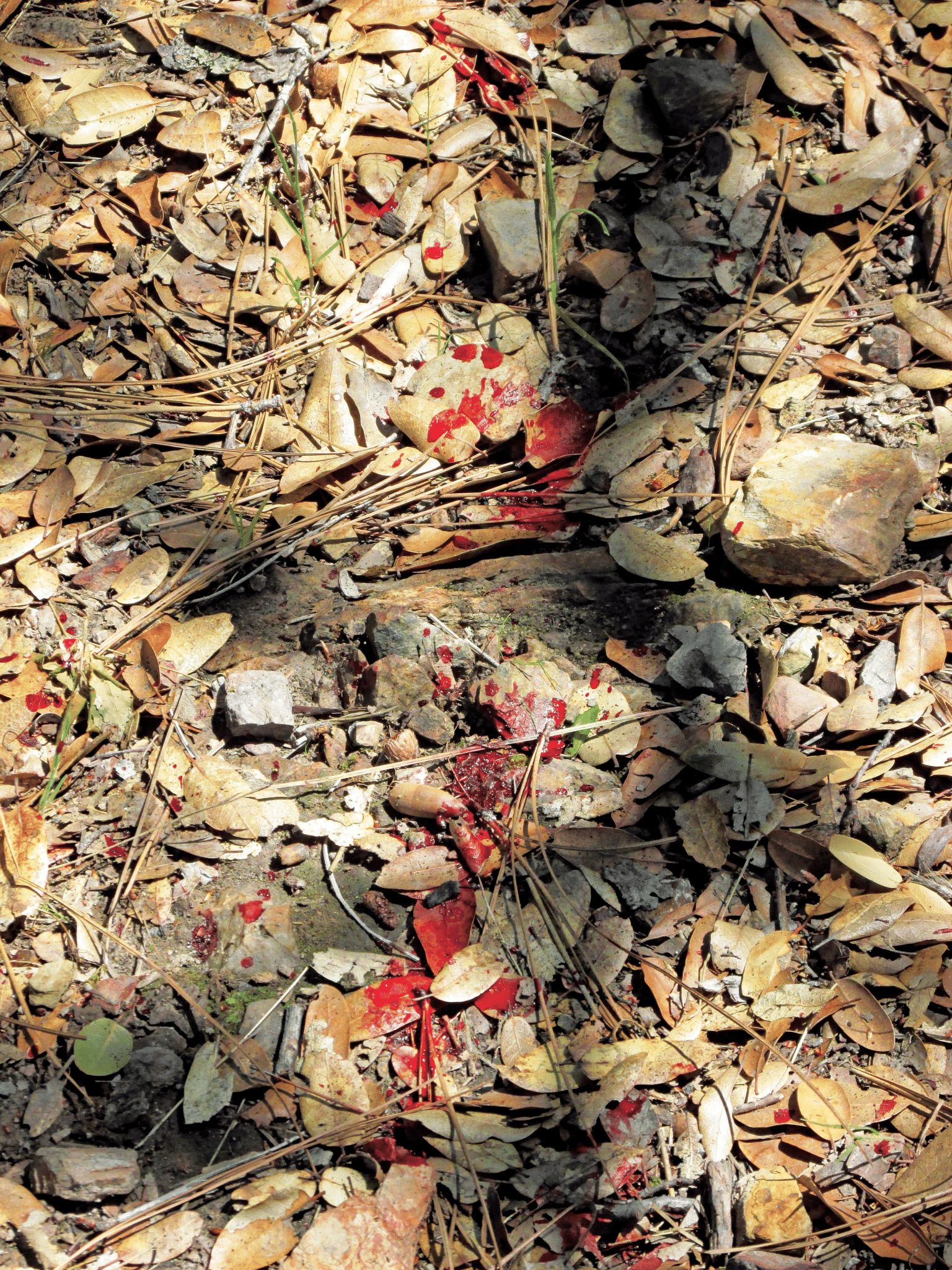
If you bow hunt long enough, it’s inevitable that you’ll have to track a wounded animal, whether you make a perfect shot with a quick recovery or a marginal hit that requires blood tracking skills. After all, unlike bullets that provide shock and knockdown power, broadheads kill prey by slicing through tissue and organs, causing massive blood loss and ultimately, loss of life.
As such, a bowhunter must track nearly every critter their arrow pierces in order to legally and ethically recover the animal in a timely manner. When I say track, I’m not describing the common script portrayed on TV where the critter dies within sight of the cameraman and the bowhunter fist pumps and performs a gyrating dance. For most of us, true blood tracking often occurs alone; it’s also slow and methodical. Over the years, I’ve learned some beneficial tips that may help even the most seasoned bowhunters with blood tracking.
Understanding & Measuring Stride
Real-life professional training
Besides being a lifetime bowhunter, my “real” job has been in law enforcement for the past 26 years. Throughout my professional career, I’ve had the privilege of completing hundreds of hours of specialized training in fields that also assist me with my personal passion - bowhunting. Two such courses that fit these criteria were urban/rural fugitive tracking and blood splatter analysis. As you can imagine, both of these courses are highly interesting, especially for a bowhunter.
One thing I learned quickly when blood tracking critters that walk was just how important their stride is to anyone visually tracking them. An animal’s normal stride length is crucial, as it can often assist the hunter in locating its next hoof/paw location in difficult terrain surfaces not conducive for ideal blood tracking (rocky or hard conditions).
Imagine not being able to locate the next track and only having the last track that you’ve already moved from. Where do you go next? What stride measurement can provide is a fairly accurate distance and probable location where the next hoof/paw print should be. When you know exactly where to look, it becomes easier to locate a track.
Measuring stride
So how do you measure stride? Most professional search and rescue trackers use some type of stick to measure stride and shoe impression, or in this case, hoof/paw length. Many use an adjustable, telescoping trekking pole, but for bowhunting, I use an arrow from my quiver.
The authors arrow used as a tracking stick. Note the first mark yellow measuring the length of the hoof print.
You’ll need to have a few small colored rubber bands that you can slide on your arrow shaft to indicate measurements. There are essentially two rubber band markings needed when blood tracking and measuring stride; the first one measuring hoof/paw length and the second one measuring actual stride.
Each length measurement will be taken from the end of the arrow (with broadhead unscrewed) to the respective rubber band markings. In general, the first rubber band is within 3-4” from the tip of the arrow, indicating hoof/paw print length.
The second rubber band marking will indicate stride length, which is taken from the front of the hoof/paw to the rear of the next hoof/paw. Obviously, you’ll need two consecutive tracks to measure this length, but once measured (providing it’s taken at a representative walking pace), it will rarely change.
After this measurement is marked and you’re having trouble locating the next track, simply lay your arrow down (with your stride rubber band mark at the end of the last track) and slowly swing the arrow tip from left to right. Looking at the tip of your arrow, you can expect to see the rear of the next track. While not always visible, even the slightest ground disturbance at your arrow tip may indicate your next track.
Using this method, you can follow an animal for miles, providing you have periodic tracks to follow. This is why stride becomes important, especially when blood is absent.
Understanding Blood Sign (Splatter)
Blood splatter is found on the ground surface, as well as on your arrow, shrubs, nearby tree trunks, and tall grasses. Using any and every clue you can to increase your chance of recovery is key, so be extremely observant.
While the blood splatter course I took was very in-depth and focused on forensic technology, there were several tips I learned that apply to blood tracking wounded animals. First and foremost, blood has a variety of colors and those colors signify different things. In general, there are two main types of blood that hunters will encounter - arterial and venous.
Arterial (bright red) blood
Arterial blood runs through arteries, originating from the heart and lungs. It’s usually oxygenated and bright red in color. Because of the pumping pressure generated by an animal’s heart, arterial blood travels with a fairly high level of pressure. As such, when arterial bleeding occurs, blood spouts unevenly and farther due to the high pressure. This is why animals arrowed in the jugular or femoral artery lose massive amounts of blood that spray long distances. While not a desirable shot location, it’s always a lethal injury and a fairly easy blood tracking job. Animals hit in the heart or lungs will also have arterial bleeding, although most of the massive bleeding will occur internally. However, an ample amount of blood splatter will come from the wound channel and often the air canal (mouth/nose).
With animals that I know have arterial trauma, I generally wait 20 minutes before blood tracking, unless they go down within sight. When I’m not sure of the hit, I inspect my arrow and try and read the blood splatter to get a better indication of the hit. When I’m still not sure, I’ll wait an hour before blood tracking and re-evaluate as I locate new evidence.
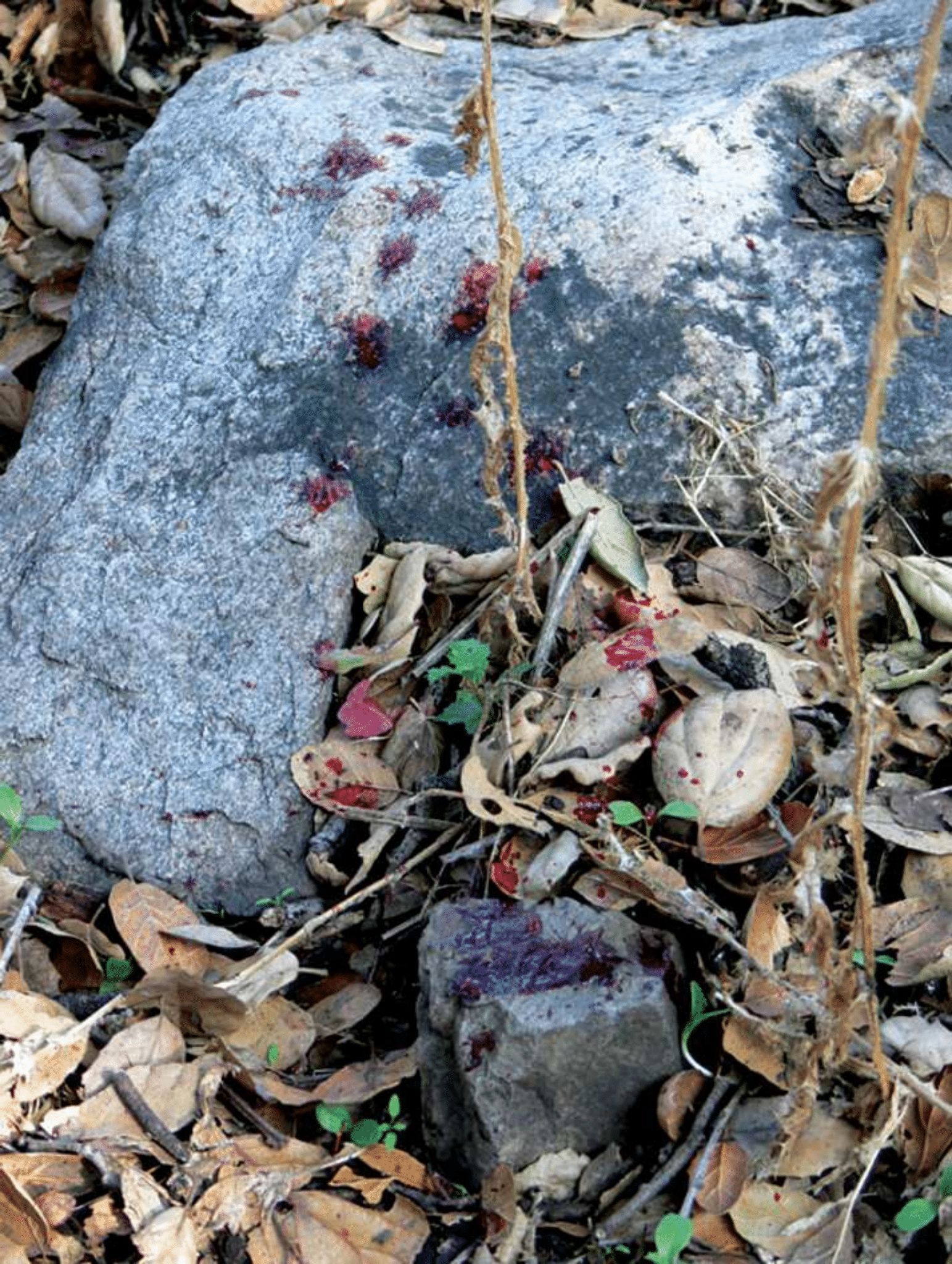
An arterial blood trail. Note the elongated tails on some of the blood splatter indicating the direction of travel.
Case study
A good example of this was my hunting partner Fred Smith’s Arizona elk hunt in 2012. After I cow-called a bull to a stop at 44 yards, Fred released an arrow and hit the bull in the chest area, but the hit appeared to be farther back than preferred. We searched for the arrow for 20 minutes to confirm my suspicions, but could never locate it. Since I had no immediate blood splatter to evaluate, we elected to wait an hour before tracking.
As we began following the minimal splatter, I noticed the direction “tails” on the blood were short, indicating the bull was moving steadily, but not fast. The color of the blood appeared to be arterial, which we were relieved to find. However, there were several 10 to 15-yard increments that no blood splatter was located in the pine needle littered the forest floor.
Using a stride stick (arrow), I was able to track the bull through difficult terrain, revealing even the slightest hoof prints. About 150 yards into the blood trail, we located Fred’s bull, expired. While the hit still appeared to be far back when looking at it, further inspection revealed a double-lung shot. The bull was most likely dead within minutes of arrow impact. However, when you’re not able to read immediate blood splatter, it’s generally better to wait before blood tracking (providing there are no weather issues).
Venous blood
Venous blood moves through veins of the circularity system. Veins take blood to the heart from the body organs, including the liver and other muscle tissues. Usually, it’s dark red (almost maroon) in color, because it’s deoxygenated. It isn’t pressurized like arterial blood, so bleeding is generally more even and consistent.
This dark red color is predominant in liver hits (which is lethal), as the deoxygenated blood takes on the general color of the liver. This is the color of blood I experienced with the buck I arrowed in the beginning of this article. Liver hits are much slower deaths when compared to those from arterial wounds, but they’re still fatal. Since these wounds take time to ensure mortality, I generally wait 2-3 hours before blood tracking.
Paunch hits
There is one other color of blood that is often misinterpreted by hunters. Animals mortally wounded in the paunch will generally have venous blood, often mixed with stomach matter. Because of this mixture, it’s often referred to as black in color with a strong aroma. Once you’ve encountered it, you won’t misidentify it again. Paunch wounds are fatal, but usually take substantial time to achieve mortality. I generally wait at least eight hours before blood tracking a paunch-hit animal. Even then, I’ve tracked them to their bed, still alive and requiring a second arrow.
Direction of Travel
Now that you have an understanding of the two types of blood and their respective colors, it’s important to understand what else blood can tell us. There are two more important variables: direction and speed.
In general, blood splatter will be either round or oblong with an elongated “tail”. The tail points in the direction the animal was moving. The longer the tail, the faster the speed. When you discover splatter that has an equal amount of small tails around the entire circumference of the drop, this indicates the animal wasn’t moving (the drop went straight down). This can be beneficial to know, as you can often follow blood much easier than tracks in many environments.
Blood Tracking Tips
Tracking a wounded animal - whether by blood, tracks, or both - can be stressful. I can’t emphasize enough to proceed with extreme patience. You should not continue forward until you locate the next track or blood splatter. Many blood tracking jobs will be slow and methodical, often moving a few yards per minute. Continual practice with wounded and non-wounded animals alike should increase your confidence and skillset. Here are a few additional tips I employ when blood tracking:
Don’t destroy evidence
When following blood or track, I recommend stay slightly off the trail the animal used, picking a side depending on sun direction. This allows me to view the entire trail without destroying evidence. This allows me to backtrack if needed to re-evaluate what I’m seeing.
Confirm, mark, and advance
I always flag my last confirmed spot. This allows me to keep tabs on the last confirmed blood/track while enabling me to see the overall direction of travel. While many hunters use flagging tape for this, I prefer not to, as it has a negative impact on aesthetics and the environment. Instead, I use toilet paper. Each square is more than enough to clearly mark, see, and move as you go. It’s also quickly biodegradable, ensuring we tread lightly and show respect for other hunters.
GPS
A GPS, like a Garmin, is also a good device to have on hand, especially when approaching darkness. A GPS waypoint is extremely accurate and ensures you’ll find the exact spot the next morning. Depending on the model, it can also feature mapping options that can help you navigate the search area easier when a return trip is needed.
Damage control
If, when blood tracking, the animal is still alive and jumps up, I back out of the area quietly and return a minimum of 6-8 hours later, without exception. I’ve known bowhunters who have lost far too many critters from immediately and continually pushing wounded animals. More often than not, their wounds plugged up, either naturally or with dirt/debris, and blood splatter ceased to exist. Had they left them alone, they may have located their trophy right where the blood trail led them - their bed. Don’t push a tough situation; wait until the animal expires.
Conclusion
Blood tracking animals, whether wounded or not, can be challenging and stressful. However, knowing what type of blood is present, how and when to actually follow it, and how to accurately measure an animal’s stride are all valuable tips that can increase your chances of recovery. Tracking is an art form that requires a lot of patience and practice to master, but once you have a firm grasp on the concepts, you’ll be a more complete bowhunter.
